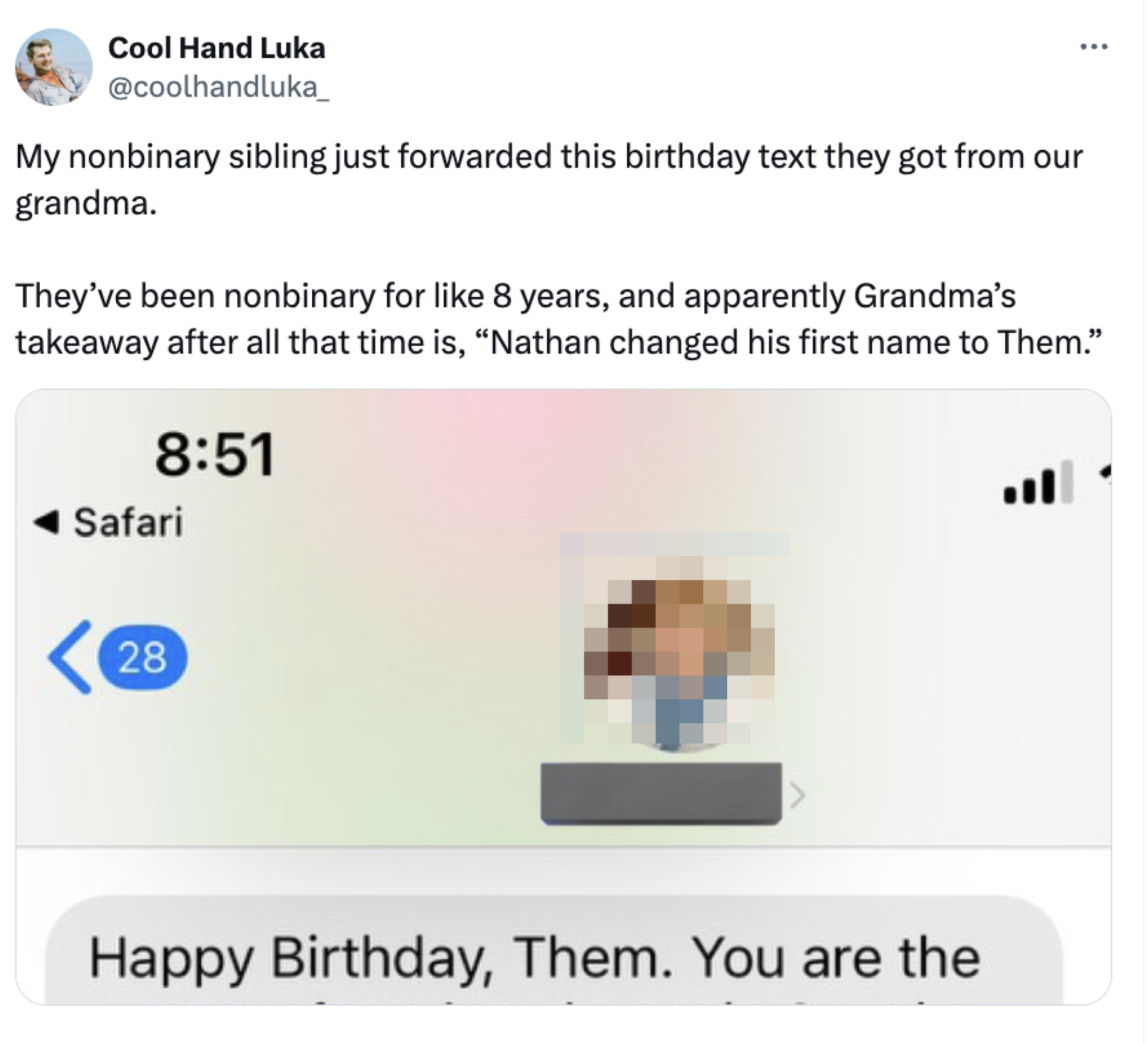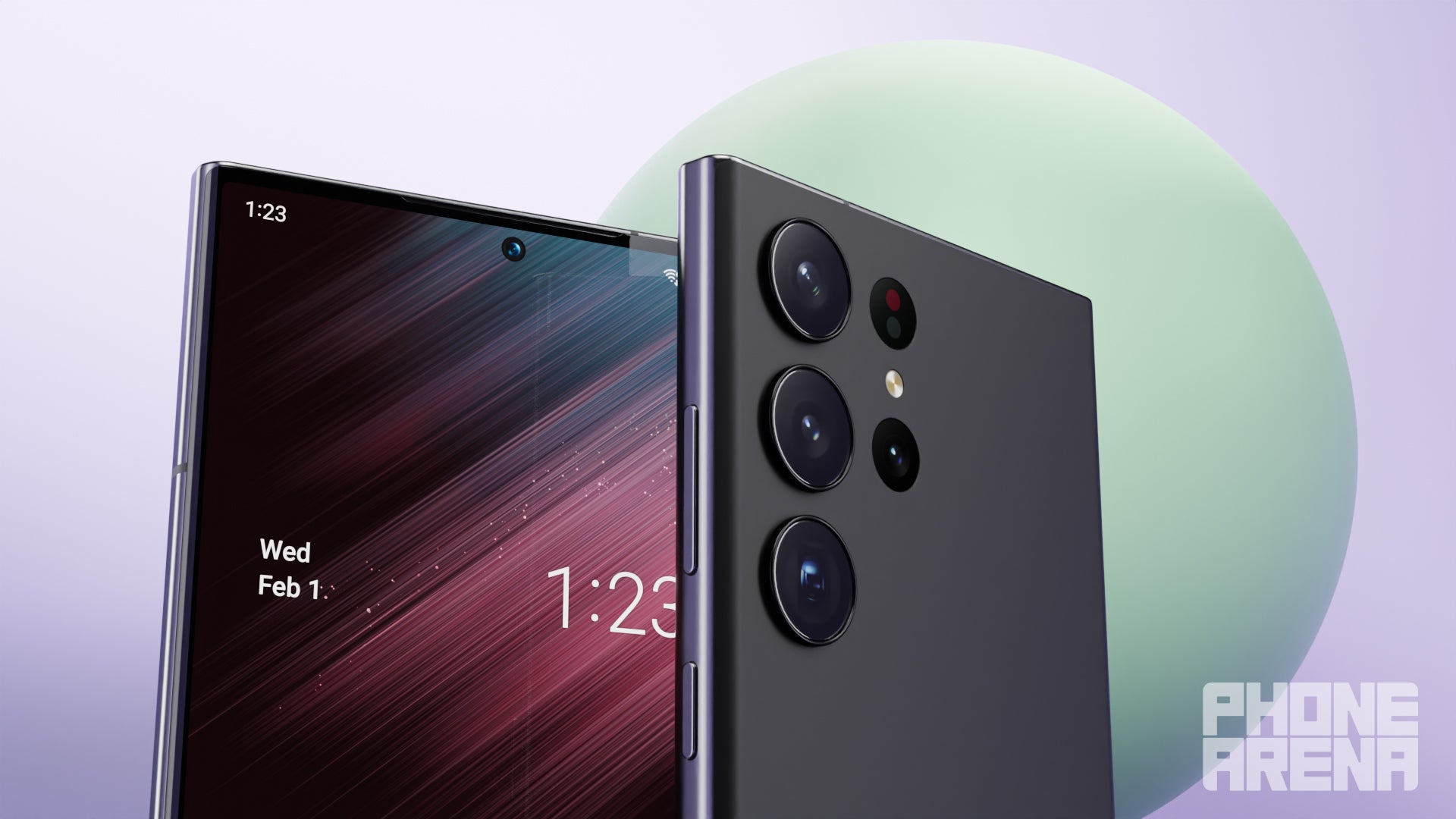Imagine: you’re on the bus, inspiration strikes, and you whip out your iPhone 15 to sculpt a masterpiece in Blender. This isn’t just a pipe dream – the iPhone 15 Blender Model could revolutionize 3D creation, bringing powerful software to the palm of your hand. Imagine the possibilities!
While we’re still in the realm of “what if,” the iPhone 15 Blender Model is a fascinating concept that could blend (pun intended) the worlds of mobile technology and professional 3D software. Think of the potential for creating quick sketches, refining models on the go, or even collaborating on projects with friends, all from your pocket. The possibilities are as boundless as your imagination.
iPhone 15 Blender Model

The “iPhone 15 Blender Model” is a hypothetical concept that envisions a future iPhone capable of blending various digital assets, such as images, videos, and audio, into seamless and interactive experiences. This model aims to revolutionize how we interact with digital content by offering a new level of personalization and creativity.
Potential Applications and Use Cases
The iPhone 15 Blender Model holds immense potential across various sectors, including:
- Content Creation: Users could seamlessly combine images, videos, and audio to create unique content like personalized stories, interactive presentations, or even virtual tours. Imagine blending a photo of your family with a video of your recent trip, adding music, and sharing it as a dynamic story.
- Education and Training: Educators could leverage the blending capabilities to create interactive lessons by combining 3D models, animations, and audio narration, enhancing student engagement and comprehension. Imagine a history lesson that seamlessly blends historical images with audio commentary and 3D reconstructions of ancient cities.
- Entertainment and Gaming: The blending capabilities could enhance gaming experiences by integrating real-world elements, such as photos and videos, into virtual environments. Imagine a game where you can blend a photo of your living room into a virtual world, creating a unique and immersive gaming experience.
- Marketing and Advertising: Brands could utilize the blending features to create interactive and engaging marketing campaigns by combining product images with videos, animations, and augmented reality elements. Imagine a product ad that allows users to virtually try on clothes or experience a product in their own environment.
Key Features and Functionalities
The iPhone 15 Blender Model is expected to incorporate several key features and functionalities, including:
- Advanced AI Integration: The model would leverage advanced AI algorithms to analyze and understand different types of digital assets, enabling seamless blending and integration.
- Multi-Modal Input and Output: The model would support multiple input methods, such as touch, voice, and gestures, allowing users to interact with blended content in intuitive ways. It would also offer versatile output options, including displays, speakers, and even augmented reality headsets.
- Real-Time Collaboration: The model would facilitate real-time collaboration by enabling multiple users to contribute to and edit blended content simultaneously, fostering a collaborative and creative environment.
- Advanced Security and Privacy: The model would prioritize security and privacy by implementing robust encryption and data protection measures to safeguard user information and content.
Technical Considerations

Integrating Blender software into an iPhone presents a unique set of challenges, primarily due to the limitations of mobile hardware and the need to optimize the software for touch screen interaction.The success of this endeavor hinges on addressing these technical considerations, which involve carefully evaluating the hardware and software requirements, as well as designing a user interface that seamlessly translates the complex functionalities of Blender to a touch-based environment.
Hardware Requirements
The hardware limitations of an iPhone are a significant factor in the feasibility of running Blender. The processing power, memory, and graphics capabilities of an iPhone are significantly less than a desktop computer, which can handle complex 3D models and rendering processes. Here are some key hardware considerations:
- Processing Power: Blender requires substantial processing power for rendering and manipulating 3D models. The iPhone’s processor, while powerful for a mobile device, might struggle with demanding tasks.
- Memory: Blender requires a significant amount of RAM to handle large 3D models and textures. The iPhone’s limited RAM could be a bottleneck for complex projects.
- Graphics Processing Unit (GPU): Blender relies heavily on the GPU for rendering. The iPhone’s GPU, while capable, might not be as powerful as dedicated graphics cards found in desktop computers.
- Storage: Blender files can be quite large, especially when dealing with high-resolution models and textures. The iPhone’s storage space might be insufficient for larger projects.
Software Requirements, Iphone 15 blender model
The software requirements for running Blender on an iPhone are equally important.Blender is a complex application with a vast array of features and tools, and adapting it for a touch-based interface requires careful consideration. Here are some key software considerations:
- Operating System Compatibility: The iOS operating system needs to be compatible with the Blender software. This might require significant modifications to the software’s core code.
- User Interface Optimization: The user interface needs to be redesigned for touch screen interaction, ensuring that all features are accessible and intuitive. This could involve simplifying the interface and utilizing gestures for common tasks.
- Performance Optimization: The software needs to be optimized for the iPhone’s hardware limitations, ensuring smooth performance and minimal lag. This might involve reducing the complexity of the software’s features and algorithms.
User Interface Design
Designing a user interface that effectively translates Blender’s functionalities to a touch screen environment is crucial for usability. The iPhone’s small screen and touch-based input present unique challenges, requiring a user interface that is intuitive, efficient, and visually appealing.
- Gesture-Based Interaction: Gestures like swiping, pinching, and tapping can be used to navigate the interface and manipulate 3D models. This requires a well-designed gesture recognition system that is responsive and accurate.
- Simplified Interface: The complex interface of Blender needs to be simplified for a touch screen environment. This might involve grouping related tools and features into logical categories and using visual cues to guide users.
- Visual Feedback: Clear visual feedback is essential for touch-based interaction. Users need to be informed of their actions and the effects of their interactions with the interface.
User Experience and Interface

The iPhone 15 Blender Model promises a seamless integration of powerful 3D modeling capabilities with the familiar iPhone interface. This section delves into the potential user experience and interface design considerations for this innovative device.
The iPhone 15 Blender model, rumored to be a powerhouse of a device, could potentially offer an even more immersive experience for fans of Selena Gomez. Imagine customizing your home screen with a stunning Selena Gomez wallpaper for iPhone on the iPhone 15 Blender’s rumored larger display, enhancing your daily interaction with the device. This potential fusion of technology and pop culture could make the iPhone 15 Blender a true standout in the market.
Interface Design
The interface design of the iPhone 15 Blender Model aims to strike a balance between the intuitive nature of the iPhone’s touch screen and the complexity of 3D modeling software. This is achieved by adopting a user-centric approach, prioritizing accessibility and ease of use.The interface is organized into distinct areas:* Toolbar: Located at the bottom of the screen, the toolbar provides quick access to essential tools like selection, movement, scaling, and rotation.
These tools are represented by intuitive icons that are easily recognizable.
Viewport
The main viewport occupies the majority of the screen and displays the 3D model. Users can interact with the model directly through touch gestures, such as pinching to zoom, dragging to rotate, and tapping to select objects.
Properties Panel
This panel, accessible by swiping from the right edge of the screen, provides detailed information about the selected object and allows for fine-tuning of its properties. This includes parameters like shape, color, texture, and material.
Menu Bar
Located at the top of the screen, the menu bar offers access to advanced features and settings. These include tools for creating, editing, and exporting models.
Touch Gestures
To ensure a fluid and intuitive user experience, the iPhone 15 Blender Model employs a comprehensive set of touch gestures:* Single Tap: Selects an object or activates a tool.
Double Tap
Opens the properties panel for the selected object.
Pinch
Zooms in or out on the viewport.
Drag
Rotates the viewport or moves selected objects.
Swipe
Navigates between different menus or panels.
Long Press
Opens a context menu with additional options.
Integration with iPhone Features
The iPhone 15 Blender Model leverages existing iPhone features to enhance the user experience:* Camera: The device integrates with the iPhone’s camera to capture real-world objects and import them directly into the Blender model. This enables users to create realistic 3D models of their surroundings.
File Storage
Models can be saved and accessed through the iPhone’s file storage system. This allows for seamless transfer of models between devices and easy collaboration.
AirDrop
Models can be shared with other iPhone users via AirDrop, enabling efficient collaboration and project sharing.
Siri
Users can interact with Siri to control the Blender app using voice commands. This allows for hands-free navigation and manipulation of the model.
Potential Benefits and Impact

Having a Blender model on an iPhone would unlock a new world of creative possibilities, bringing powerful 3D modeling tools directly to the fingertips of users. This accessibility could revolutionize how we interact with 3D content, fostering innovation in various fields.
Impact on 3D Modeling, Animation, and Design
The presence of a Blender model on an iPhone would empower users to create and manipulate 3D models directly on their devices. This accessibility could have a significant impact on the fields of 3D modeling, animation, and design.
- Democratization of 3D Creation: The iPhone’s ubiquitous nature would make 3D modeling accessible to a wider audience, empowering individuals with no prior experience to explore the world of 3D creation. This accessibility could foster a new generation of 3D artists and designers.
- Rapid Prototyping and Iteration: The ability to create and iterate on 3D models directly on a mobile device would significantly accelerate the prototyping process, enabling designers to experiment with different ideas quickly and efficiently. This could lead to faster product development cycles and more innovative designs.
- Enhanced Collaboration and Sharing: A Blender model on an iPhone would facilitate seamless collaboration and sharing of 3D projects. Users could easily share their work with colleagues, clients, or friends, enabling real-time feedback and collaborative design. This could lead to more efficient and creative workflows.
Future Possibilities

The iPhone 15 Blender Model, with its ability to seamlessly integrate 3D design and real-world interaction, opens up a vast array of potential future developments and advancements. The concept can be further enhanced by incorporating emerging technologies and platforms, leading to innovative use cases across various industries.
Integration with Other Technologies and Platforms
The iPhone 15 Blender Model has the potential to be integrated with other technologies and platforms, expanding its capabilities and creating new possibilities. For example, integrating with augmented reality (AR) platforms can enhance the user experience by allowing users to visualize 3D models in their real-world environment. This integration can transform the way we interact with our surroundings, enabling us to design and build virtual objects that seamlessly blend with our physical world.
Potential Use Cases
The iPhone 15 Blender Model can be utilized in a wide range of industries and applications. Here are some potential use cases that could emerge in the future:
- Architecture and Design: Architects and designers can use the model to create and visualize complex building designs, experiment with different materials and layouts, and collaborate with clients in real-time. The ability to interact with 3D models directly on the iPhone can revolutionize the design process, making it more efficient and collaborative.
- Education: Students can use the model to learn about 3D modeling, design, and engineering principles. The interactive nature of the model can make learning more engaging and immersive, allowing students to visualize and manipulate complex concepts in a hands-on manner.
- Healthcare: Medical professionals can use the model to create and visualize anatomical models, plan surgical procedures, and educate patients about their conditions. The ability to interact with 3D models of the human body can enhance medical training and improve patient care.
- Manufacturing: Manufacturers can use the model to design and prototype new products, optimize production processes, and train workers on complex equipment. The ability to interact with 3D models of products and machinery can accelerate product development and improve manufacturing efficiency.
- Entertainment: The model can be used to create immersive gaming experiences, interactive virtual worlds, and personalized content. The ability to interact with 3D models in real-time can transform the way we experience entertainment, making it more engaging and interactive.
Further Development and Advancements
The iPhone 15 Blender Model can be further developed and enhanced by incorporating emerging technologies such as:
- Artificial Intelligence (AI): AI can be used to automate 3D modeling tasks, generate design suggestions, and personalize the user experience. AI-powered features can make the model more efficient and intuitive, allowing users to create complex designs with ease.
- Haptic Feedback: Haptic feedback can enhance the user experience by providing realistic tactile sensations when interacting with 3D models. This can make the modeling process more immersive and engaging, allowing users to feel the texture and shape of virtual objects.
- Cloud-Based Collaboration: Cloud-based collaboration tools can enable multiple users to work on the same 3D model simultaneously, regardless of their location. This can facilitate real-time collaboration and accelerate the design process.
Query Resolution: Iphone 15 Blender Model
Is the iPhone 15 Blender Model actually real?
As of now, it’s just a concept! But with the advancements in mobile technology, it’s not completely out of the question.
What about battery life? Wouldn’t Blender drain the battery super fast?
That’s a valid concern! A powerful 3D software like Blender would definitely need a beefy battery. It’s something that would need to be addressed if this concept became a reality.